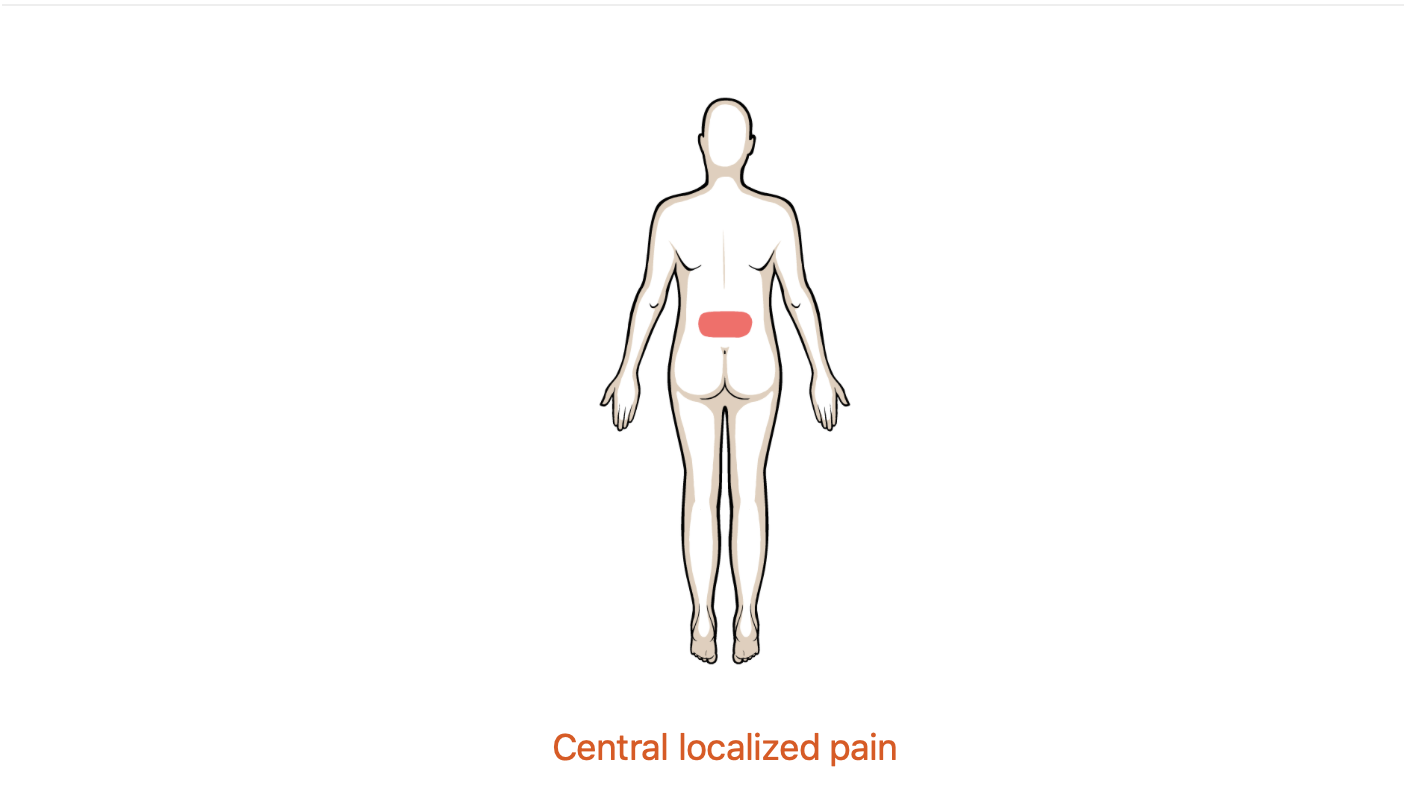Lower Back Pain with Movement Coordination Impairments
Do you have a patient who has low back pain across their whole back? Do they have pain bending forward and extending back or have had multiple occurrences of their back “going out” on them over the past couple of years? That pattern is similar to that of lumbar muscle strains. Look below for some things to consider!
If you do not know the common clinical findings no problem! Click here
Anatomy
Image via Complete Anatomy 2018 by 3D4 Medical
Common Movement Fault
A common mechanism of injury for lumbar strains are unaccustomed repeated movements of bending and lifting activities such as shoveling. This can be caused by is too much mobility from the lumbar spine and not enough mobility coming from the hip. (Click image to watch 1-2 minute video)
Special Tests
The above tests can be helpful to physical therapists to better ascertain the likelihood of lumbar muscle strain. A good way to “rule in” or “rule out” a muscle strain is if the muscle is 1) tender to palpation, 2) hurts when contracted, and 3) hurts when stretched. (Click images (Left/Right) to watch 1-2 minute video)
Treatment
Above are two treatment techniques that can be used for both acute and subacute patients. The video on the left can be used for a patient that has a high level of pain. The video on the right can be used to help alleviate trigger points, muscle spasms, or decrease pain. (Click images (Left/Right) to watch 1-2 minute video)
Therapeutic Exercise
Therapeutic exercises chosen should always closely match treatment give in clinic; in this case the above treatments would help to decrease pain and relax the paraspinal muscles. Consider using trunk coordination, and strengthening exercises to reduce low back pain and help with movement coordination impairments! (Click image to watch 1-2 minute video)








